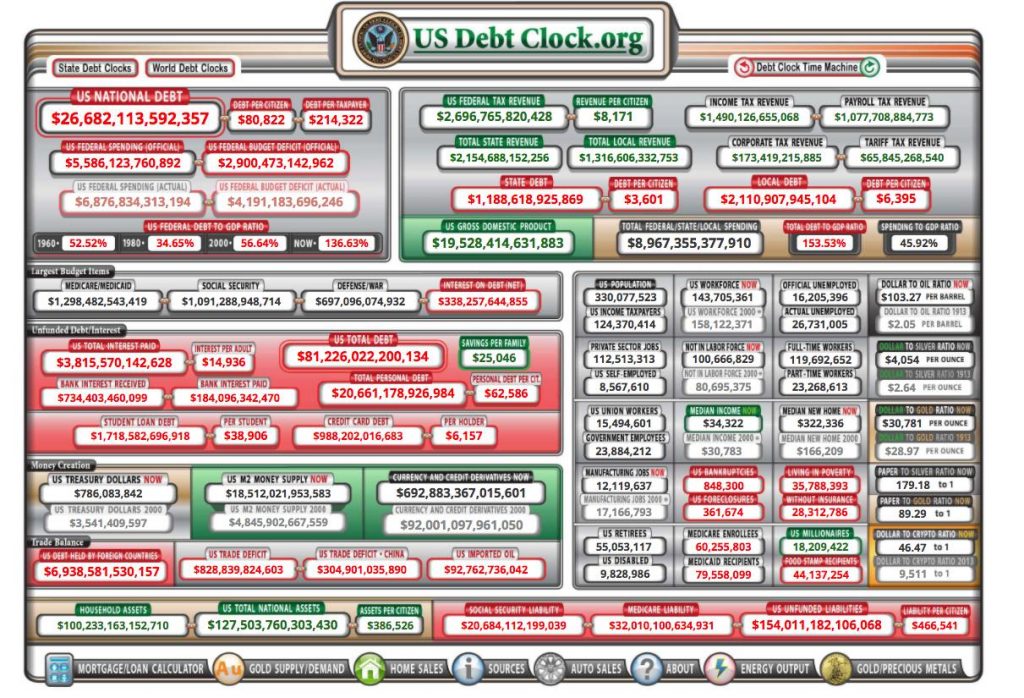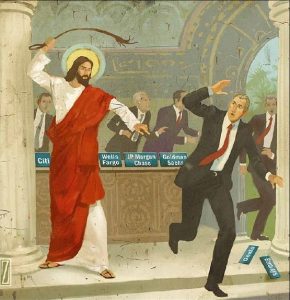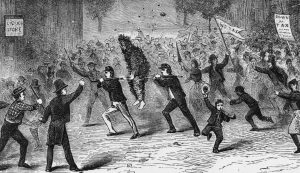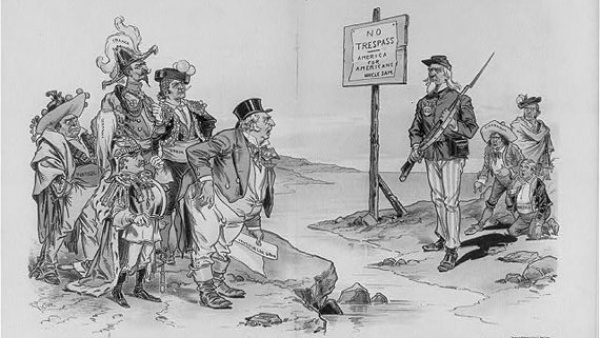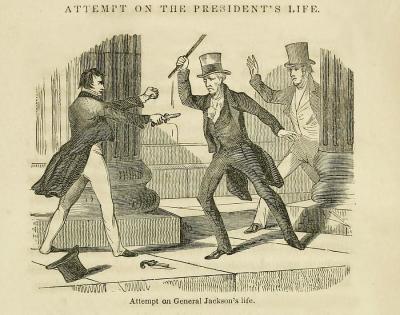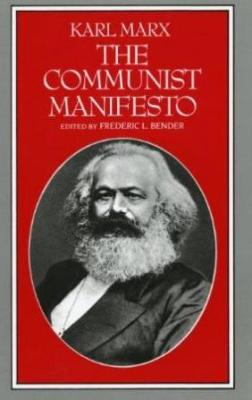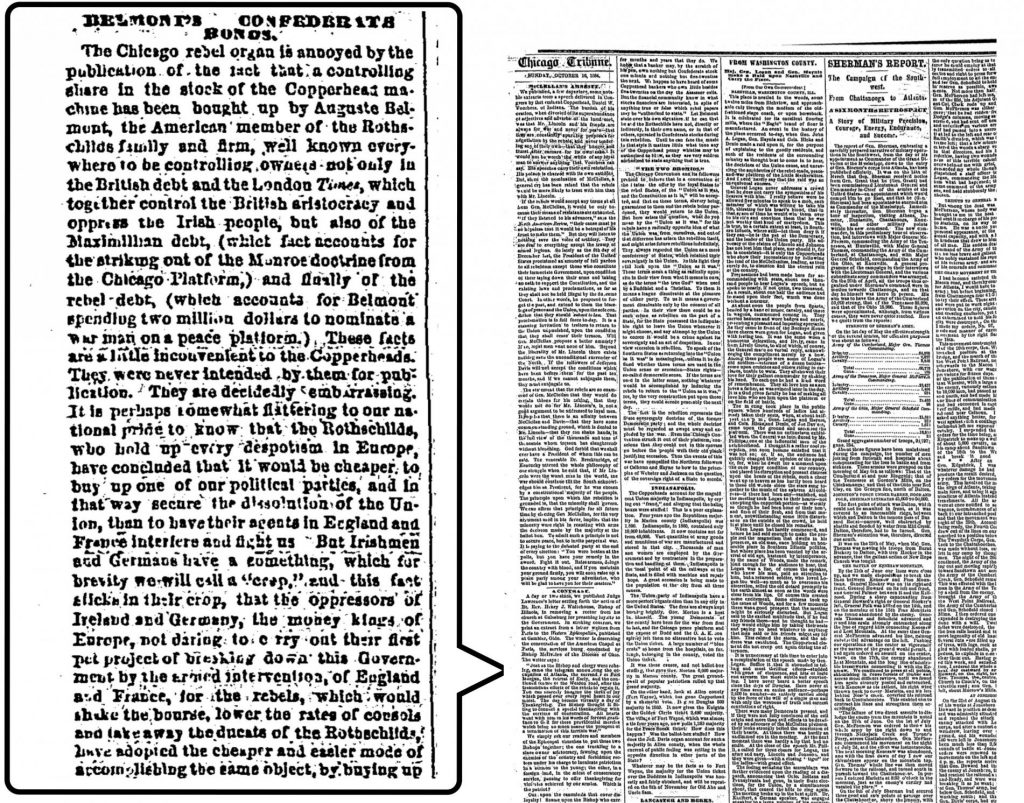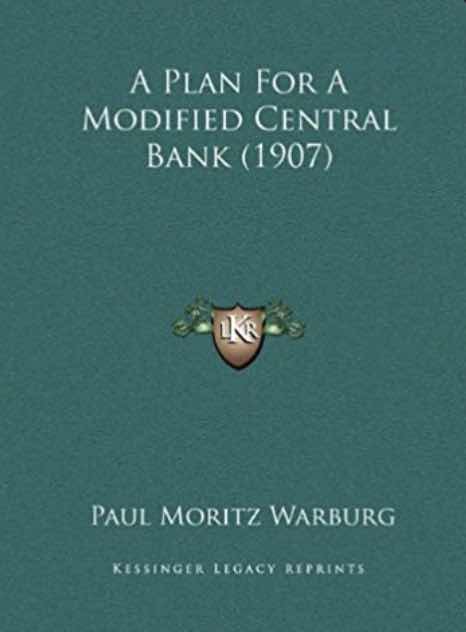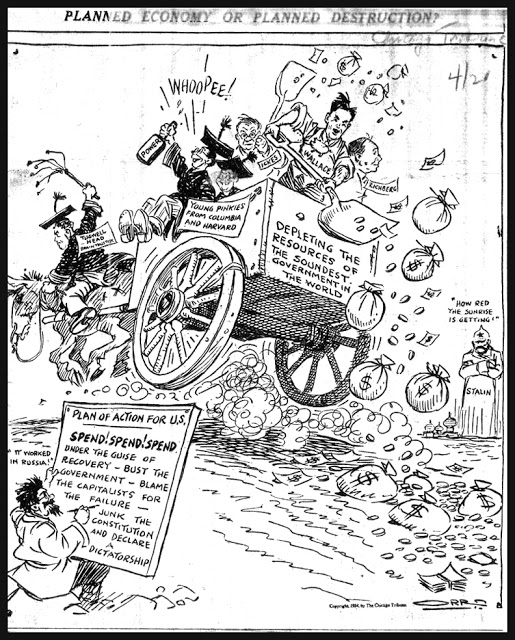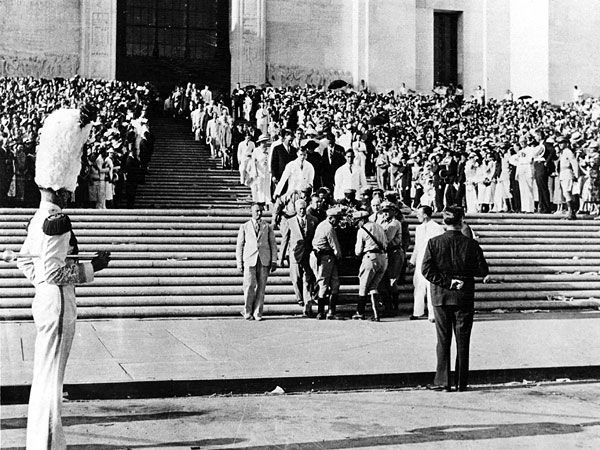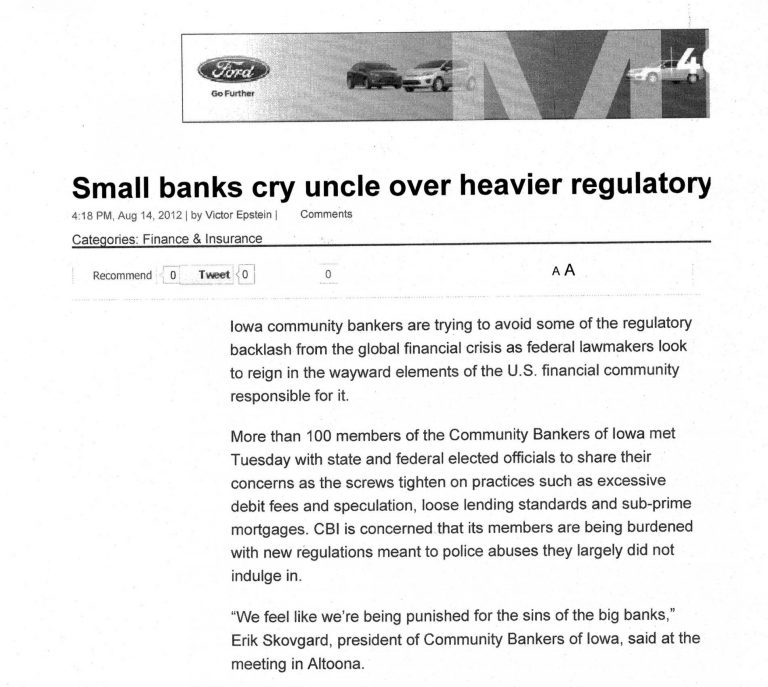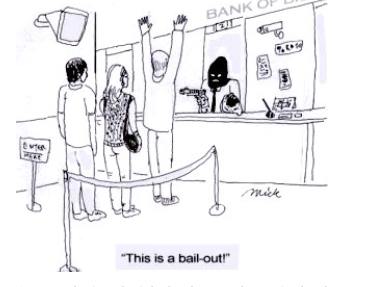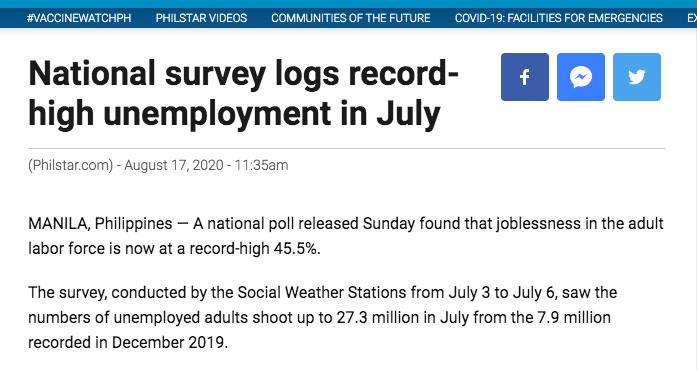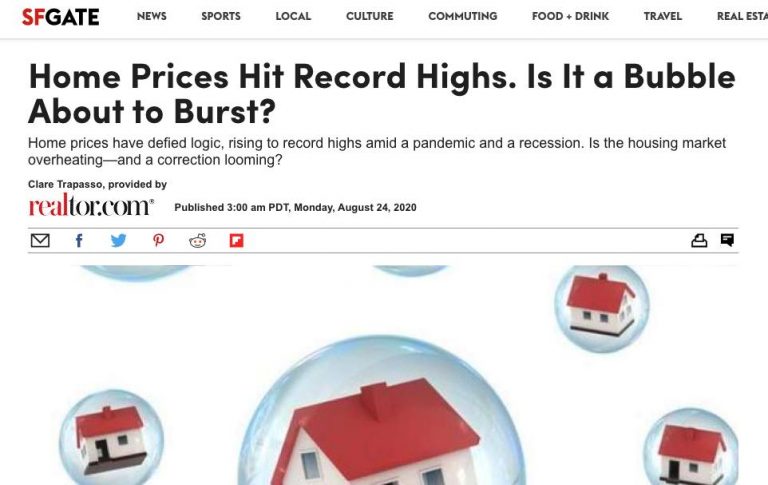1. Establish a central bank, the foundation of Communist rule.
2. Destroy the economy thru inflation and government and personal debt.
3. Using mass propaganda, convince the people to blame each other for the poverty and debt crisis, and split into warring factions.
4. Install a dictatorship, a new puppet regime who represents only the international Zionist order, and which imposes Communist rule, stripping away all individual rights and private property, and eventually starving the people and depopulating the region.
But that’s not all. The Federal Reserve DOES NOT PAY INCOME TAXES on the profits they make.

- The U.S. dollar has lost around 98% of its value.
- Inflation is up nearly 3,000%. (Inflation: the method in which wealth is redistributed from the working people to the bank.)
- Homelessness is at or near all time highs in many places and has become a way of life in every city.
- Everyone keeps working harder and harder, for less and less.
All are central to the international Zionist movement. If you study real history, (which is rapidly being purged from the internet) instead of the cartoon version of history which is taught in Zionist-run western schools you can learn the truth about the rise and fall of the United States.
1791
Using his extensive influence over the government, Hamilton was able to get 13,000 troops sent in to crush the rebellion. This was an early example in the new nation of the Crown demonstrating its dominance over the U.S.
1811
Nathan Mayer Rothshchild states:
“Either the application for renewal of the charter is granted, or the United States will find itself involved in a most disastrous war.”
1812
1816
With the U.S. vulnerable after struggling to fund the war to deal with the debts it incurred, the central bankers were successful in re-chartering the bank. In 1816, the Second Bank of The United States was established. As before, a more appropriate title would have included the words London, British Crown, or Zionist, something which would have more accurately reflected its controllers.
Like the eventual Federal Reserve the bank is deceptively named and has the ability to create money out of thin air, loan it in to the economy at interest, and cause deliberate economic booms and busts.
1819
1823
1833
1835
1836
1848
The revolution is to be carried out by Marx’s “useful idiots,” who can be used as pawns. His movement is heavily promoted by media all over the world and “spontaneous” revolts break out all over Europe and South America. Although they don’t succeed right away, most nations have been poisoned by Marxist philosophy and will fall sooner or later. The U.S. remains free from Marxism until 1913 when a central bank will be finally re-established.
1861
1864
1865
1881
1907
1908
1912
1913
1929
1932
1932
- FDIC created. To provide taxpayer funded “insurance” which would insure that if banks stole the money depositors placed in their care, the taxpayers would refund the depositor. (Instead of the obvious solution of banning fractional resrve lending, which lets banks loan out many times more money than they actually have.)
- Gold Standard suspended. The gold standard connected the money supply to the gold supply, giving the money a form of value and stability, and it provided transparency. This placed great limits on the central bank, and prevented them from manipulating the money supply, so it was removed. As a result, the bank could freely inject (counterfeit) money into the system and then actually get credited with “boosting” the economy.
- Securities and Exchange Commission created. Instead of eliminating the casino known as the stock market, and banning “securities,” a taxpayer funded “commission” is formed to keep a keen eye on these things and allow them to continue but prevent “abuses”. It will fail miserably to protect taxpayers, but will grow in size in perpetuity.
- Federal Housing Administration created. In yet another coup for the banking industry, the FHA guarantees banks that money they lend out for home purchases will be paid back by taxpayers if borrowers default. Although taxpayers have no say and no involvent in any of the loan transactions, they become the signer on the bottom line and the guarantor of all FHA loans, allowing the banks to operate with zero risk, even though the cost of risk is factored into interest rates already. The guarantees cause banks to eliminate many existing qualification standards, and make loans to borrowers regardless of their ability to repay.
1933
“(The Federal Rerserve) was deceitfully and disloyally foisted upon this country by the bankers who came here from Europe and repaid us for our hospitality by undermining our American institutions. Those bankers took money out of this country to finance Japan in a war against Russia. They financed Trotsky’s passage from New York to Russia so that he might assist in the destruction of the Russian Empire. …What king ever robbed his subjects to such an extent as the Federal Reserve has robbed us? “
He introduces articles of impeachment of the entire board of governors of the central bank and the Secretary of the Treasury, but failed to get the needed votes. Mcfadden dies of a sudden “illness” after dining at a New York banquet.
1935
“How many men ever went to a barbecue and would let one man take off the table what’s intended for nine-tenths of the people to eat? The only way you will be able to feed the balance of the people is to make that man come back and bring back some of that grub he ain’t got no business with. How are you going to feed the balance of the people? What’s Morgan and Baruch and Rockefeller gonna do with all that grub?”
Long is first “investigated” by the IRS, and when nothing can be found he is murdered. Rather than being arrested for questioning, the assassin is shot 60 times at the scene. Over 200,000 people attend Long’s funeral.
1963
1965
Under Kennedy’s successor, President Lyndon Johnson, another massive expansion of the federal government takes place. Known as the Great Society, many new programs are introduced which have never been necessary in the past, but serve the twofold purpose of expanding the national debt along with its interest payments to the central bankers, and trapping the program recipients in a condition of dependence on the state: Medicare, Mediciad, Food Stamps, Head Start, Federal aid to schools (which will also give the state control over education.)
1971
1975
After President Richard Nixon is forced from office, his successor Gerald Ford, selects Nelson Rockefeller, of the central banking Rockefeller family to be Vice President. Rockefeller comes with in 6 inches of being president of the United States, when a bullet misses Ford’s head by 6 inches in the second of two assassination attempts.
1980's
1983
1992
1996
1999
In preparation for another manufactured economic collapse, the Gramm-Leach-Bliley Act is passed and signed into law by Clinton. This repeals provisions preventing commercial banks from gambling with depositors’ money.
2001-2005
- Competition from many smaller banks was crushed. A look at the FDIC’s failed bank list reveals many small community banks credit unions, and mostly a list of banks who had little responsibility for causing the crash. All the customers of these banks were forced to take their business to whoever was still standing.
- The central bank was able to appear to be the saviour of the market they destroyed by injecting money into the system.
- Although banks appeared to lose money by selling millions of bank owned homes for half of what they had sold for a few years earlier, they actually made money since most of the homes were purchased for pennies on the dollar when companies like Countrywide, Wachovia, Washington Mutual and Indymac were scooped up by Chase, Bank of America, Wells Fargo
- All of the 5 largest banks in the U.S. saw one or more years with record profit between 2008 and 2013.
- New Marxist style, competition crushing regulations were drafted (in advance of the crisis) and then presented as the solution. The regulations are, as always, crafted so that the large banks can easily handle them, while smaller ones will be put out of business. In an article which appeared in the DesMoines Register, Erik Skovgard, president of Community Bankers of Iowa made a statement which encapsulates the entire purpose of regulations on businesses in the United States:
